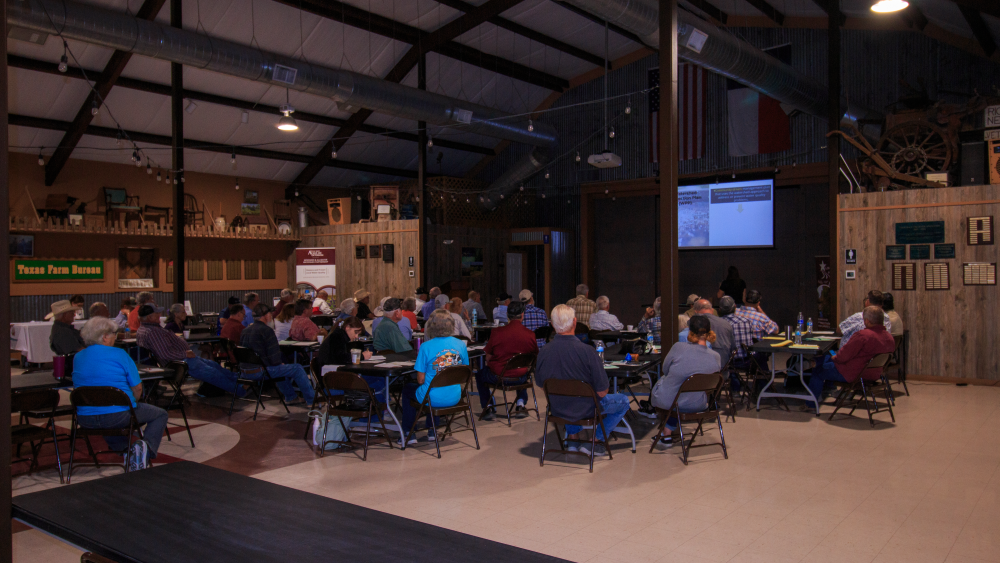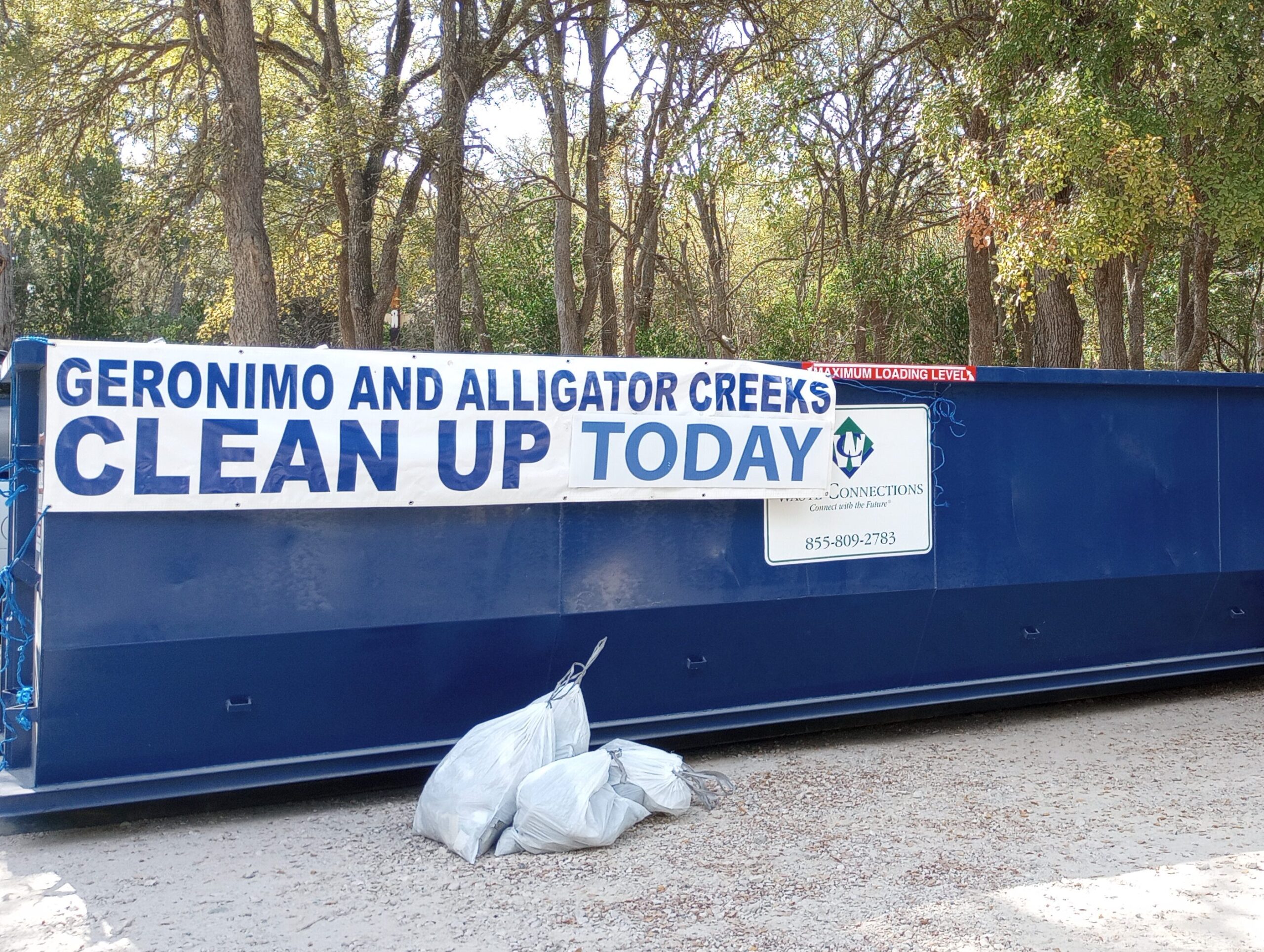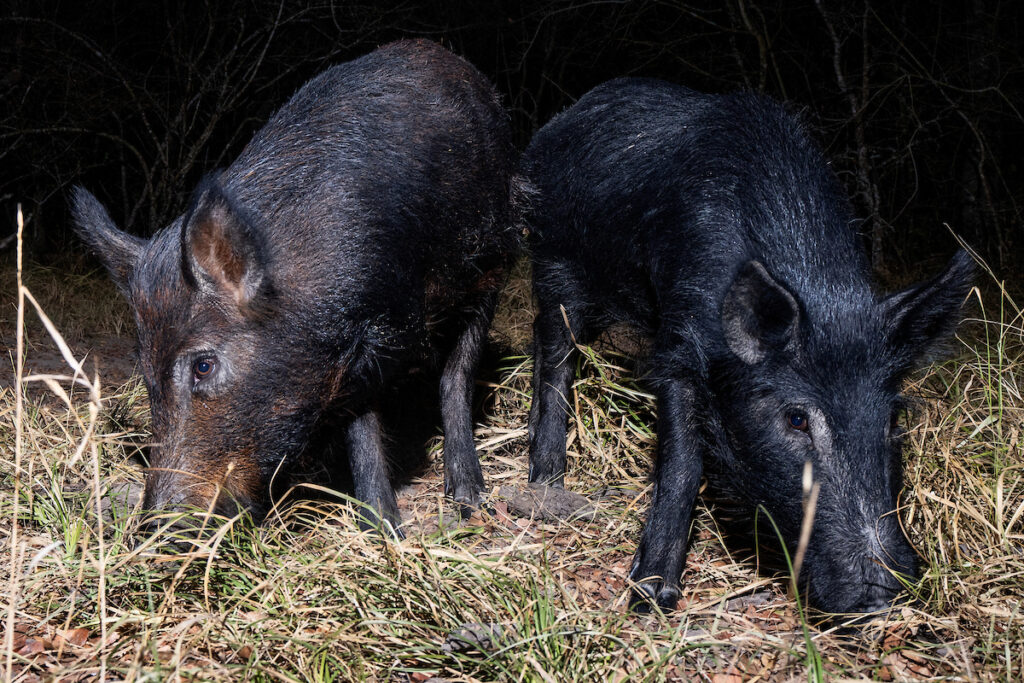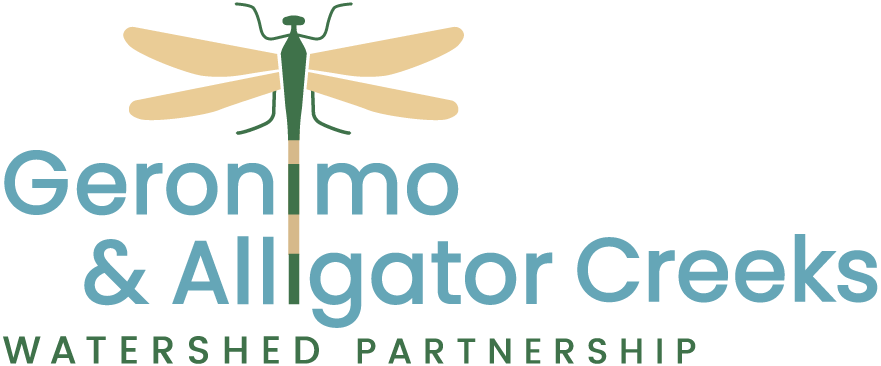Geronimo Flow – October Newsletter
October 14, 2025
A Note from Your Watershed Coordinator

It was wonderful to see so many engaged stakeholders at the September 12 Lone Star Healthy Streams workshop! Together we learned how feral hog management, grazing practices, brush management, and soil health improvement can protect local water quality. We also had the watershed coordinators from Plum Creek and the Lower Cibolo present on their projects. It was a great reminder that no matter which watershed you live in, you can make a difference for local water quality!

On October 4, we brought community members together again for the Fall Stream Cleanup! This is one of the biggest events of the year, where we work together to pick up litter throughout the watershed. Volunteers got free breakfast tacos, coffee, and event t-shirts. The impact of our volunteers can’t be overstated: since 2013, they have removed over 40,700 lbs. of trash from the watershed!
Planning is in motion for our 2026 educational and outreach events. If you have any ideas for events, or topics you want to learn more about, reach out today with the contact information below!
Annalee Epps
Annalee.epps@ag.tamu.edu
Measurements Matter: E. coli Bacteria
Did you know that Geronimo and Alligator Creeks have elevated levels of E. coli bacteria? This impairment was identified by the Texas Commission for Environmental Quality in 2008, based on water quality data collected in Geronimo and Alligator Creeks. But what do elevated levels of E. coli bacteria mean for water quality? This article continues our series exploring water quality data collected in our watershed and why it matters.
E. coli bacteria are a large group of organisms that can be found in the digestive systems and waste products of warm-blooded animals, including humans. They are also naturally occurring in creeks and streams! The level of E. coli in a water sample is measured in colony forming units per 100 mL (cfu/100mL). To measure cfu, a water sample is collected and taken to a laboratory. There, samples are diluted and incubated on petri dishes. Bacterial colonies are then counted, allowing the estimation of viable bacteria in the original sample.

These bacteria are used as an indicator organism. When levels of E. coli bacteria are elevated, that indicates that the water has come into contact with waste from warm-blooded animals. Other dangerous pathogens could be present in this case, posing a health risk for anyone who is exposed to them. We measure E. coli bacteria because it is a relatively quick and inexpensive process compared to testing for other pathogens.

Changes in E. coli bacteria levels can be associated with variation in temperature, streamflow, and dissolved oxygen. However, increased E. coli bacteria can also be the result of nonpoint source pollution. Waste from feral hogs, pets, livestock, or even humans can be washed into the creek. Reducing sources of pollution is the goal of the Mill Creek Watershed Partnership, so tracking the level of E. coli bacteria in the creek is crucial to identifying pollution sources and measuring project effectiveness. We measure E. coli bacteria because it matters!
Watershed Calendar
Spring 2026 – Texas Watershed Steward Program
Join us for a one-day educational program designed to improve the quality of Texas’ water resources by educating and informing local stakeholders about their watershed, potential impairments, and steps that can be taken to help improve and protect water quality in their watershed. Learn more at tws.tamu.edu.
Spring 2026 – Stakeholder Meeting
Want to have a say in what educational events, projects, and programs we prioritize? Make your voice heard and enjoy networking with us! Look for a save-the-date in our next newsletter!
————————————————————————————————
Funding for this effort is provided through a Clean Water Act §319(h) Nonpoint Source Grant administered by the Texas State Soil and Water Conservation Board from the U.S. Environmental Protection Agency.
Texas A&M AgriLife Extension Service is an equal opportunity employer and program provider.
